People say they don’t judge a book by its cover, but the cover certainly matters in the world of product packaging design. First impressions matter a lot, and consumers are more inclined to buy a product if it is contained in an interesting package. With an enormous number of products coming to the market on a daily basis, you have no choice but to try harder to stay competitive and keep on generating sales.
One of the most effective methods to do that is to make sure that you have distinctive and convincing packaging design. Packaging is part of the product as much as it is an element of the marketing campaign. Without effective packaging, product designers would have a hard time showcasing their items. When done right, it has every potential to boost sales and generate more profits.
Poorly-designed packaging, on the other hand, can bury your products to the point of invisibility. Design better packaging with the following 16 tips from professionals.
1. Content is King
The rule of thumb is that you must keep the product in the most pristine condition possible, so make sure that the packaging design does not ruin the actual product. It is not uncommon that sellers try to stand out from the crowd by using a unique combination of shape, form factor, and material in the packaging. Being different is good, but being different for the sake of being different can be risky.
For example, most (if not all) smartphone companies use cardboard packaging – often reinforced by styrofoam or other filler materials – to keep the content protected from occasional drops and bumps during shipment. In case you want to be more easily recognizable, it makes sense to use a distinct shape of packaging made of unique material.
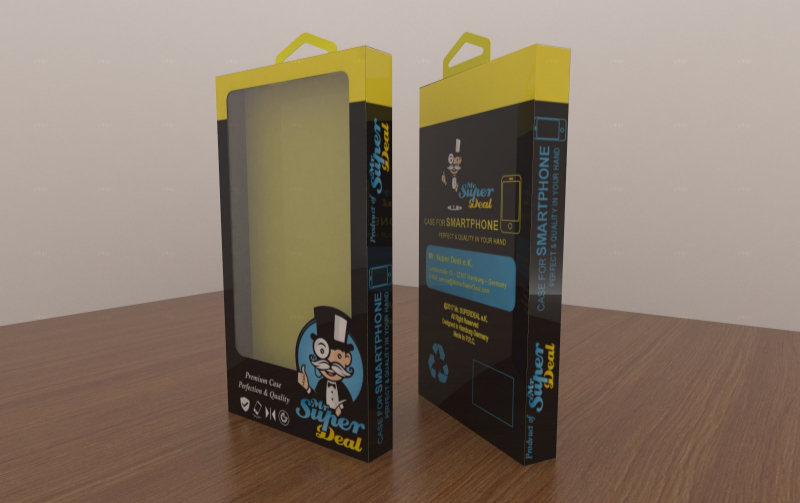
You have a lot of options such as wood, acrylic, metal, or other strong, durable materials. Fragile materials such as glass, plywood, thin plastic, and fabric are not recommended. A pouch made of woven fabric certainly looks distinguishable in the market, but it isn’t safe. Unless you plan to use multiple layers of packaging of which the fabric is secured underneath a stronger layer, avoid making such a mistake.
Another important function of packaging is to inform potential customers about the product. At the very least, inform customers about what they will find inside. Your brand and product name should be listed too, while a more detailed description can be written in an additional piece of paper inside the packaging. Secure packaging and clear information about the product should be crucial factors to consider.
2. Honesty is the Best Policy
Talking about clear information, the most natural and effective method to accomplish that is by being honest. Packaging is supposed to present your product in the best possible way; it has to be informative and attractive at the same time. It probably sounds like a simple task to do, but there are more challenges than you think. Putting clear information is relatively easy, but attractiveness is a subjective value, so you need to gauge it thoughtfully.
A short, concise description of the product written alongside your brand name is most likely enough information. Depending on the size of the product (or packaging), writing some more words would not look ridiculous either. And just like most packaging designs out there, you can always use images, logos, or symbols to send the intended message.
There is no need to lie about anything regarding your product, except when misleading information is meant to be a joke and intentionally made obvious. For example, if the packaging of a small fishing lure contains an image of Moby-Dick, it clearly is a joke, yet relevant information about the product at the same time.
Buyers can use it to catch fish, but an illustration of a whale is not to be taken literally. You can catch a fish with the lure, but catching a whale is a far-fetched idea.
When it comes to aesthetics, people have different personal preferences. Some buyers prefer minimalist packaging, while others like bright, colorful design. Make an informed decision about it after conducting research on your target market, consumer demographics, trends, and competitors’ designs. Use the compiled data as the basis for your own packaging design approach.
3. Send Multiple Designs to Test Group
Packaging, regardless of how fancy or expensive it cost you to make, means nothing if consumers are not interested in purchasing the product. This is why you need to send the design to a focus group or a select set of customers. The test group can be some friends or family, but they can be unusually inclined to give positive feedback.
Remember that just because you like the packaging, it does not always mean the consumers will feel the same way. You can spend hundreds of hours designing a single packaging design and have it fail to appeal to potential designers.
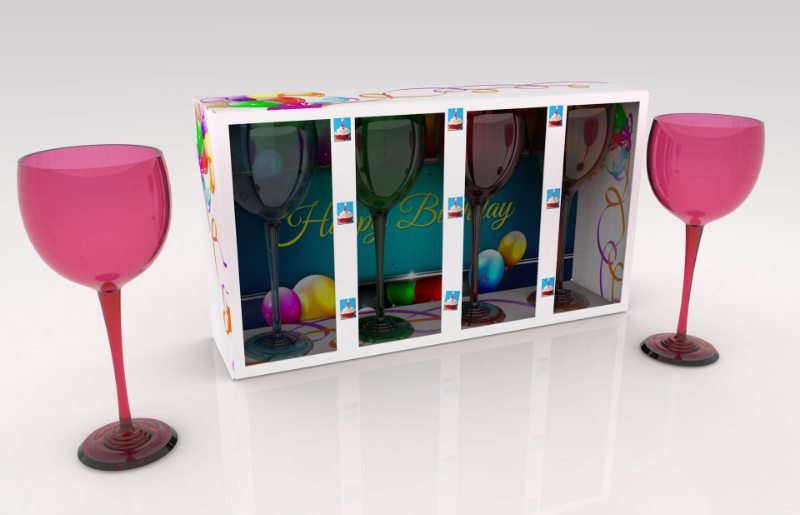
On the other hand, there is also a possibility, no matter how slightly, that packaging design done with haste gains commercial success. This is not to say that you should not do the works carefully and seriously. The point is that you have to take the time and effort to have the design tested as often as you can before putting it to the market.
People have different tastes in packaging, just like they do in music, fashion, cars, and even TV shows. It is essential to make sure that the test group does represent consumer demographic and target market. Test results must reflect the actual market situation, so a ‘random’ group of people may not serve this purpose well enough. If possible, each person in the test group comes from a specific category such as age range, profession, general interests (as listed in their social websites’ profiles), educational backgrounds, and more.
4. Packaging Has to Be Practical
Practical packaging design enhances or improves the functionality of the product. This applies mostly to products of which the packaging is not meant to be thrown away, as it’s stored in the packaging for a long time. Some of the most obvious examples of such products include soft drinks and condiments.
- Soft drinks are either bottled or canned. The way the container is designed may not improve the functionality of the product, but it does have all the potential to make it easier for the buyer to drink the beverage. A glass bottle may not be the most practical choice because it is heavy, and you need a bottle opener to remove the metal cap properly; the alternative is to use a screw A drink can with the stay-tab opening mechanism is much more practical.
- Condiments including sauce and spice can be used little by little over time depending on what you cook and eat. Sauces packaged in squirt bottles are easier to use and store than those contained in plastic bags. Some types of spices are, however, easier to use when stored in a jar.
The same thing applies to toiletries such as shampoo and toothpaste, which are both generally thick fluid but with different viscosity. They need different packaging designs so people can use and store the products easily. The same principles apply to cosmetic products too. For packaging to be practical, it must allow buyers to be comfortable using the products. In general, the type of product determines the best kind of packaging.
5. It Has to Be Stackable, or Not
Ease of use is as important as ease of storage. Manufacturers want their products to be easily stackable in warehouses in the same way that consumers prefer to have the products neatly organized in their homes. Remember that some packagings are not meant to be thrown away. Consumers need the packaging in order to use the products mentioned in the previous point.
Big bulky packaging that doesn’t allow the product to stand on its own is cumbersome. Even water bottles need enough surface area at the bottom, so it stands upright and does not fall over easily.
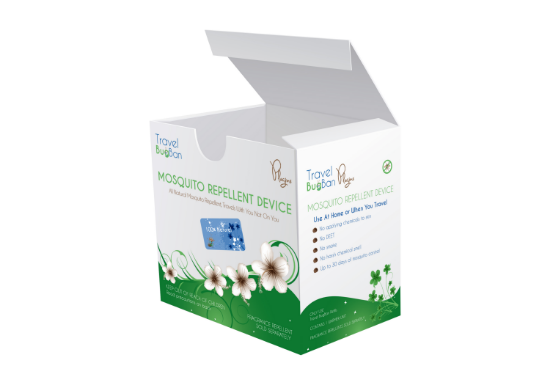
Snacks are peculiar examples; with few exceptions, all are packaged in simple sealed plastic bags with elaborate images and typography. Ideally, people serve them at the coffee table where anybody can grab some and take a bite with ease. However, the bag also means consumers can bring the snacks anywhere without the additional weight of a sturdy container.
They are not stackable, but the design actually serves a useful purpose; it is light, portable, and sometimes concealable. In the warehouse, the snacks can be packed together in cardboard boxes anyway, so there are multiple layers of packaging. In case you plan to sell them in boxes, then this outer layer also needs its own design process.
6. Know Your Customers
There are very few products targeted at all consumers, among those are food and drinks. But then again, not all meals and beverages are intended for consumers of all ages. Almost every product category has a specific target market. Generally speaking, toys are marketed to children, fashion accessories to teenagers, and power tools to adults.
Based on the principle that the type of product determines the right packaging design, you need to know your exact potential customers. Otherwise, you’re heading toward a marketing disaster. Consumer product design firms spend a lot of money to ensure that they know exactly who their customer-base will be.
Improper packaging design may refer to many things, but appealing to the wrong consumer category is undoubtedly one of the worst things you can do. You should not make the packaging of a cordless drill with cartoon characters or colorful eye-candy that can be associated with children’s products like toys.
Not only is that wrong – it’s perilous. Your products can be banned, at worst, or may be required to remove the product from the market until you can come up with new packaging design. If the target consumers are adults and local laws allow, you may be able to get away with using explicit subject matter.
Knowing your specific target market is pivotal for crafting the design of your packaging. There are many demographic factors to be considered, including but not limited to, age group, gender, and location in relation to local laws. The data you gathered from market research should help you make the right decision about what packaging design to use.
7. Take a Hint from Competitors’ Designs
No matter what your products are, there is a good chance that there are competitors selling similar items in the market, and they have different packaging designs. You have the option to create your own design from scratch, take a hint from competitors’, or enjoy the best of both worlds by taking multiple aspects from the two and combine them.
A good approach to do this is to take examples from at least two different products: one from the best-selling list and another from the less successful brand. Assuming they are similar products, you might be surprised that both products have comparable quality.
Take shampoo as an example – when you read the ingredients list of two different brands, chances are you find the exact same list. That being said, one brand is more popular than the other. Of course, it has a lot to do with marketing, brand recognition, and brand loyalty. Packaging design is one of the determining factors too. Better packaging design helps generate more sales.
The point is that it’s easier to come up with something creative if you know what your competitors do. Instead of copying the packaging design of a popular brand, use it for inspiration to improve yours.
8. The Right Typography
Consumers spend only a few seconds to take a glance at every single product on store shelves. They are naturally attracted to eye-catching packaging design, and if the lettering is also attractive, they spend more time looking at the product. Typography is a design element where you can be as creative (or as simple) as you want. There is a freedom with it in the sense that you can explore many hundreds (if not thousands) of typeface and experiment with even more possible combinations.
Typography is quite tricky to master. Some people believe it is much better just to use common typeface for the sake of clarity, while others expect to see some elaborate font. A combination of both clarity and complexity can be difficult to achieve, but it is not impossible. In fact, this is precisely what many people think of anytime the term ‘typography’ crosses their mind.
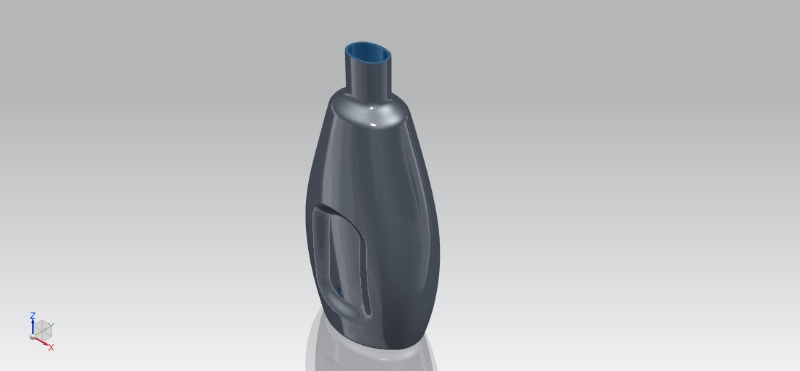
When arranged properly, relevant to product type, and in good proportion relative to packaging size, even simple fonts can deliver. When it comes to typography, you need to think of the kind of product as one of the following: consumer or business, luxury or affordable, home or professional, and fun or serious. Choose a typeface that best represents the product, and always make sure that the font of choice and arrangement style do not make the information unnecessarily less legible.
9. Focus on Clarity
Here is how you determine if the product packaging is clear enough. Go to a supermarket or convenience store you’ve never visited before and look at the packaging of as many products as you can. Once a product catches your attention, focus on that one item. Spend about five seconds taking a closer look and decide if you get all the information you need to make a purchase. If after that brief moment you cannot figure out the brand identity or what the product is for, then the packaging lacks clarity, and you probably won’t purchase it.
The average consumer spends less than five seconds looking at a product, so there is even less chance of them purchasing a product with obscure packaging. A clear brand name followed by a simple list of product features can do the job well, but since this design may be too dull for most, some creativity can refine it.
Readable typography will definitely help, especially when you put it against a contrasting background to make it even more legible. An illustration or real photograph of the product can be practical as long as the width, height, and spacing are in proper proportion relative to the packaging size. Your typography, color choices, and images contribute to the packaging’s clarity. Put the creativity to work, play with different combinations, and pick one that portrays the most understandable information within the shortest period of time.
10. Use Minimal Copy
In relation to typography, keep all printed materials at a minimum. That is not to say that minimalistic design is the only way to go, but once again, proportion plays a pivotal role. Before you think about what words to write down or which images to print on the packaging, think of it as a billboard or canvas.
The packaging of a 42-inch TV unit is certainly wide enough to carry a bold brand name, model name, and an image of the product almost as big as the TV itself. The list of features can be printed on any of the remaining sides. Even with that amount of space, TV manufacturers still try to use minimal copy.
The packaging of an over-the-counter cough medication that’s stored inside a small bottle is a different case. OTC medicine, no matter what it is, must come with clear labeling to inform the buyer about what condition it treats, the proper age-range, product type (syrup, capsules, pills), active ingredients, and directions of use.

A medicine bottle certainly has a lot more information to portray than a TV, yet many companies put all the information in a relatively small space without creating an information overload.
The takeaway here is that you need to balance the amount of text you place on the product packaging. If you have a lot of information to convey, place it in a separate booklet.
11. Make It Protective
Even if your product is built like a tank, you want to ensure it’s protected. Although the product is still going to function as intended without the packaging, you want it to be free from damage when the consumer opens it.
Packaging with a rugged look and feel will only convince buyers to make a purchase if they have the confidence that the product inside is well-protected. Although reinforced packaging is not a guarantee that the product inside is in excellent condition, it does remove that hesitation since it minimizes the risk of damage.
Food and beverages may even need sealed packaging or vacuum packing to remove oxygen (and therefore oxidation) and extend the products’ shelf life. Canned fish is an excellent example of this. The packaging is not the easiest to open, but it makes sure the fish is in good condition.
More delicate products such as electronic components, appliances, gadget design, jewelry, light bulbs, glassware, and other fragile items prone to breaking need more protective packaging to make sure that they work as intended once buyers open the packages. Extra padding and filler material are necessary to keep products safe when it leaves the manufacturing facility until the customer opens it up.
12. Packaging Design Must Be Relevant
Packaging must be relevant to the product and current trends. The former is self-explanatory in the sense that information written or printed on the package describes the product, what the product is for, and who the target consumers are.
Being relevant to market trends is the more critical and challenging part to cover. Even if you have great packaging design that serves you well for many years, you cannot afford to stay idle and leave the design as is for years to come. An existing effective packaging design is most likely used by many other brands (competitors) as a point of reference. Those with a serious lack of creativity may even copy it.
RELATED: Creative Packaging Design Trends for New Products Moving into 2019
Keep on researching the market and follow the trends. Consumers are constantly bombarded with newer (although not necessarily better) packaging designs almost on a daily basis. They like fresh looking packaging they have never seen before, and design elements they can relate to current trends.
On the other hand, design overhauls are always risky, so take the middle-ground and bring subtle changes without sacrificing substance. Re-touch instead of redo to minimize the risk of mistakes. Going with the flow is good, but it can be better if while doing so you retain your original values and stay recognizable as well as distinguishable.
13. Use the Right Materials
Some of the most common materials used for product packaging include paper, plastic (soft and hard), cardboard, aluminum, and glass. While all of them are readily available in many different shapes or variants and are quite affordable as well, the choice of material should not be an afterthought. Functionality and practicality come into play in the decision-making process.
The type of product also determines the type of material to use. Edible products including medicines are the trickiest because they have the most limited options. You can simply go with plastic or cans, but depending on the ingredients and preparation process, the material may introduce unwanted flavors.
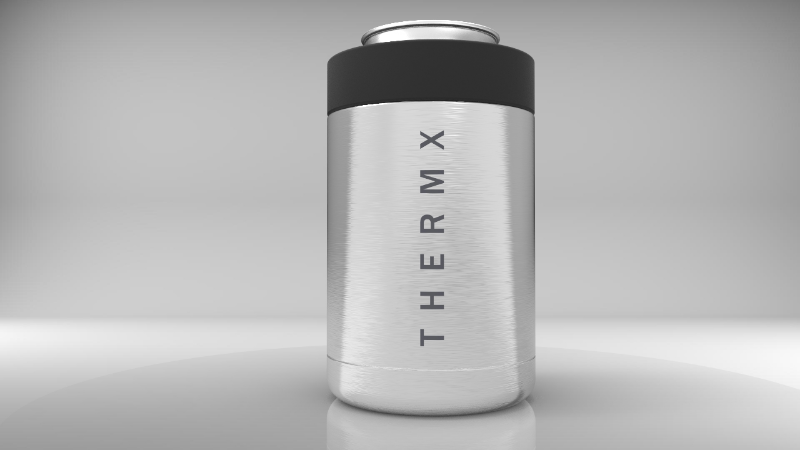
Plastic or metal cans can be okay as long as the materials are safe. If you want to use paper or cardboard, at least line the inner surface with food-grade material, and make sure you point it out on the labeling to remove consumers’ hesitations.
Choosing materials for non-edible products should be much easier. As long as the material offers enough protection, it will do. Still, you don’t want it to be easily bent or crooked by the slightest bump.
What you may not realize is that consumers also enjoy a good ‘unboxing’ experience, so make sure the package remains intact and stays durable in the journey from storage and distribution to consumers’ doors. Rough treatment during shipping is never a good excuse for destroyed packaging or product. It may not be much of a concern in brick and mortar shops because consumers handle the product after they leave, but this is a big deal for products sold online and must go through shipping.
14. Professional Printing, Always
While it is recommended to use minimal copy without undermining the value of information, you cannot afford to skimp on the printing quality itself. Of course, you will spend more hiring a professional printing service than using a printer store on the corner, but the quality is worth every penny of the investment. Unless you are confident that a small, affordable printing store can deliver professional-quality work, look for a better alternative.
Before you start looking around, you have to know what kind of services you need and the price range you can afford. Think about the printing volume required, completion time, budget range, printing methods, and of course, quality. Lithography or offset, digital, and rotogravure methods offer great quality although each also has its own disadvantages.
Lithography is superb but going with a digital option is a good move albeit there may be some degradation in terms of quality. As a matter of fact, digital is a great all-around performer that gives the best balance between quality, speed, and price; it is not the greatest, but it produces beyond average results.
Consumers use the print quality of the packaging to gauge the quality of the product itself. A lot of products are purposefully contained and sealed inside the packaging for the sake of safety. However, potential buyers cannot figure out how those products feel let alone perform – consumers have to buy the product before they can open the package. So, packaging design including the printing quality can at least give a glimpse of how well-made a product is.
15. It Is All about Perception
Both in brick and mortar and online retailers, consumers almost never get to see the products stacked on a shelf of its own. They are always displayed alongside many other products from various brands in the same place. Browsing consumers will simply walk through the aisle and only stop when they come across an interesting product – or more specifically its packaging design.
Market research plays a very practical role in this case. By analyzing the pattern of products arrangement on store shelves, you should realize how to make your packaging distinctive. Of course, you have to know your product category and guess which shelves your product will end up on.
The distinctiveness of your packaging design is what lures buyers in. The combination of shape, colors, clarity of information, printing details, sturdiness, and overall quality join together to interact buyers.
16. Talk to Clients
In a scenario where you actually design product packaging for someone else’s product rather than your own, there are two important things every designer cannot do without: making time to discuss everything beforehand and keeping the communication lines open. There are times when your clients already know what they need, but it is not impossible that they have no idea whatsoever and will rely entirely on your expertise.
Regardless of the design approach you take, make sure to keep the client informed about every step of the process. Only move forward and continue working on deliverables after you get approval on the design plan. Assuming there is no template from the client, ask for detailed specifications. The more information you have, the fewer revisions you need to make, and the quicker you’ll be able to complete your packaging.
Cad Crowd has a network of product packaging design freelancers who effectively utilize all of these tips to create top-of-the-line packaging designs. If you’re looking for CAD services help with designing your product packaging, you’ve come to the right place. Contact us for a free quote today.
